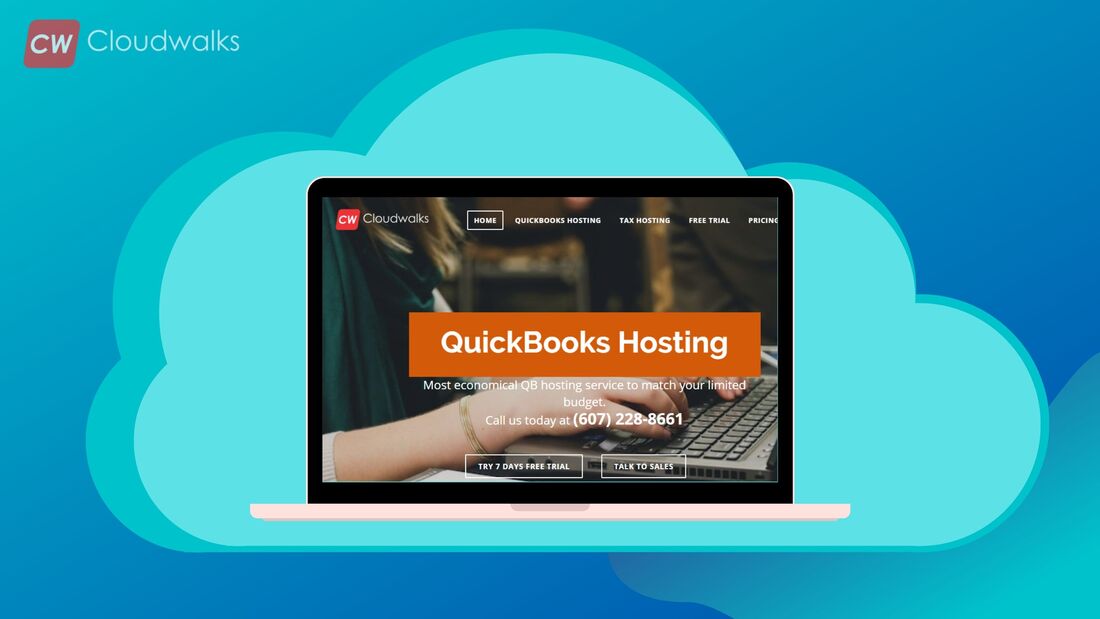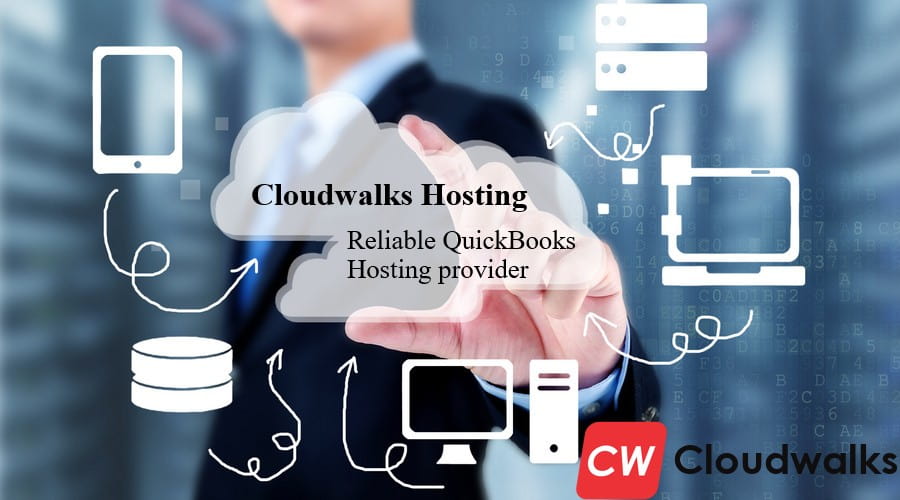|
Cloud computing has transformed the way applications are used, monitored, and deployed by end-users. Cloud is now extensively used because it offers infinite resources for storage, computing, and networking to ensure applications are scaled up as per the requirement. However, it is crucial to gauge the performance of apps on cloud to ensure reliable and efficient customer experience. The main purpose of load testing services in the cloud is to measure key parameters including latency and system throughput. All this is done with changing parallel user numbers, operating the application with multiple load profiles and other performance metrics. Cloud also offers immense possibilities with no limitations within the budget. Understanding the cloud You can scale up the cloud resources at any point in time using the pay-per-use model. The additional resources are allocated in real-time as per the demand. Being location agnostic, virtual resources are dynamically assigned or reduced as per user’s requirement. Cloud also offers much-needed elasticity to deal with constantly changing load. That means, you can increase resources during increased load conditions and consolidate users to lesser points during normal conditions. In a nutshell, a good cloud infrastructure is defined by reliability, scalability, fault tolerance, and availability. Migrating load-based application testing and performance to the cloud decrease operational and capital costs. It also supports testing teams and distributed app development. You can achieve maximum performance by leveraging cost-efficient testing apps at a large scale. You can load tests by simulating millions of concurrent app users from multiple geographies. Here are the performance tests that you should conduct: Load Test: To ensure the optimal performance of the system while it is being used by multiple users from different locations at the same time. Stress Test: Ensure the responsiveness of the applications, its reliability, and stability in extreme load conditions. Latency Testing: Measure the time elapsed between transporting data between two points within a cloud network. Browser Testing: Determine the browser compatibility with the overall system. Infrastructure Test: Each layer or component of the app is tested isolatedly to determine their ability to deliver the desired performance. It assists in identifying issues that could affect the performance of the system. Failover Test: Validate the ability of the system to put additional resources to use in the event of heavy traffic to ensure hassle-free customer experience. Capacity Test: It would help in benchmarking the maximum load or traffic that an app can tackle without any effects on its performance. Soak Test: Validate the performance of the system when it is handling heavy traffic for a longer duration to gauge how it would behave in the production environment. How to build the right strategy?Cost-efficiency is one of the major benefits of cloud. It also allows you to create different test regions to enable easy testing as per the requirement. The right testing strategy should always focus on the reason behind migrating to the cloud including easy infrastructure access, cost savings, shorter time cycle and the choice of hybrid, private, or public cloud among others. The testing strategy should also identify the type of tests that needs to be done on the cloud, including the above mentioned tests. Also, all the risks related to cloud testing should be factored before making the final call. Other parameters including test environment, testing tools, hardware, bandwidth, and software should be considered while devising a performance testing strategy in the cloud. You should analyze reliability, security, latency, quality, and bandwidth if you are leveraging the services of a third-party cloud vendor. For performance testing, it is typical to vary the user load with multiple load factors as per the defined test strategy. Continuous monitoring and analysis of test results should be done in real-time to ensure performance enhancement in a shorter period of time. In SummaryIn the challenging times of COVID-19, it has become more crucial for businesses to provide a reliable and customer friendly digital medium for online transactions. People from all walks of life are adapting to the new normal of social distancing and increased online shopping. Having the right performance testing strategy can help businesses stay on the top of their game even during peak load events without compromising on the quality of service.
0 Comments
Your comment will be posted after it is approved.
Leave a Reply. |
Most useful blogs |
Hosted Applications |
Tax Hosting Services |
Accounting Applications |
ContactAddress
Cloudwalks Hosting, Inc. 40 Exchange Place, Suite 1602 New York, NY 10005 |


 RSS Feed
RSS Feed




